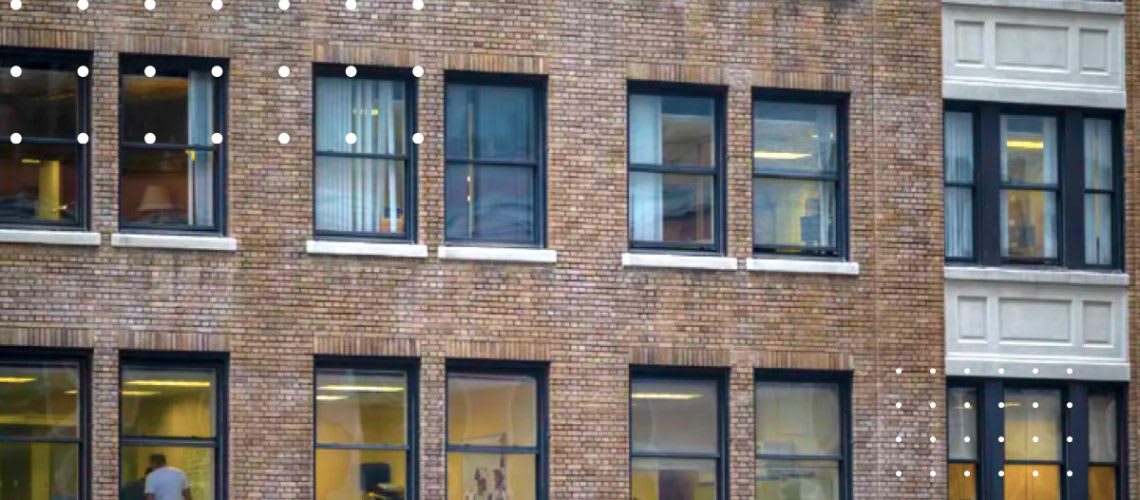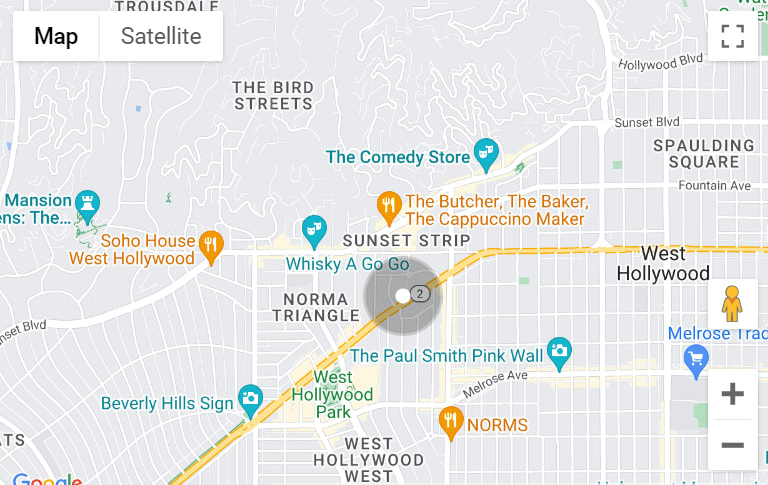
In the coming days, the corporate bankers at Wells Fargo will begin returning to their offices on 42nd Street for the first time in two years, the last of the major financial firms to order a return to in-person work.
This week, the staff at the sprawling City University of New York system will be required to work seven out of every 10 business days in their offices.
And widely watched data from property management firm Kastle Systems shows that office occupancy in New York City has finally ticked back up above 30%, following a sharp plunge in December when the omicron coronavirus variant sent workers who had been coming to office towers home.
Office occupancy was already expected to jump in March as coronavirus case counts have plunged. Actions by Gov. Kathy Hochul and Mayor Eric Adams to lift many pandemic restrictions are likely to further embolden employers to demand their workers return to their offices.
Yet the extent of the rebound, and how many days those workers will actually be in their offices, has yet to become clear.
For example, the Wells Fargo corporate bankers are likely to be asked at first to come to the office only two days a week. The Wall Street Journal announced it would leave up to individual teams how many days they would come to their Sixth Avenue newsroom. And the New York Times has yet to set any deadline for a return to its 40th Street headquarters.
New York desperately needs those office workers to return and start spending money on lunches, drinks after work and other shopping if its lagging economic recovery is to gain momentum.
The latest employment numbers show that as of December, the city remains 413,000 jobs below the record set in February 2020.
The city’s unemployment rate in December declined slightly to 8.8% but remains more than double the national figure of 3.9%. Two figures will be key to speeding the economy: total office occupancy and how many days a week workers do come into the city’s business districts.
The city’s unemployment rate in December declined slightly to 8.8% but remains more than double the national figure of 3.9%. Two figures will be key to speeding the economy: total office occupancy and how many days a week workers do come into the city’s business districts.
Before the pandemic in March 2020, 95% of workers came to the office every day, according to Kastle data. When the city shut down, the figure plummeted to 5%, recovered to almost 30% last fall, and then plunged again in December.
Big cities in Texas show occupancy at 50%, the national average is almost 37%, and only San Jose, Calif., reports a figure lower than New York.
Hochul and Adams have spent the last several weeks cajoling companies to bring back their workers. “Business leaders, tell everybody to come back. Give them a bonus to burn the Zoom app,” Hochul implored. The governor lifted New York’s mask-or-vax mandate for indoor businesses on February 10, and followed suit with a plan to end school mask mandates this week.
Big cities in Texas show occupancy at 50%, the national average is almost 37%, and only San Jose, Calif., reports a figure lower than New York.
Hochul and Adams have spent the last several weeks cajoling companies to bring back their workers. “Business leaders, tell everybody to come back. Give them a bonus to burn the Zoom app,” Hochul implored. The governor lifted New York’s mask-or-vax mandate for indoor businesses on February 10, and followed suit with a plan to end school mask mandates this week.
And on Sunday, Adams said that the city was preparing to end vaccine mandates for gyms, restaurants and theaters on March 7, as long as COVID indicators continue to trend downward.
The most recent official Adams administration economic forecast, which pushed back the date when the city will recover all the jobs lost in the pandemic to 2025, sees a bleak near term future for the office sector. It says the commercial vacancy rate will remain above 19% for the next two years.
The most recent official Adams administration economic forecast, which pushed back the date when the city will recover all the jobs lost in the pandemic to 2025, sees a bleak near term future for the office sector. It says the commercial vacancy rate will remain above 19% for the next two years.
Average asking rents are expected to remain stuck around $72 a square foot compared with $80 before the pandemic. You can read more here.
We personally love being back in the office and being together as a team. You can feel the energy in Manhattan returning. If you have any questions about the active real estate market, please reach out anytime.
Warm regards,
Stacey Froelich
Stacey Froelich
